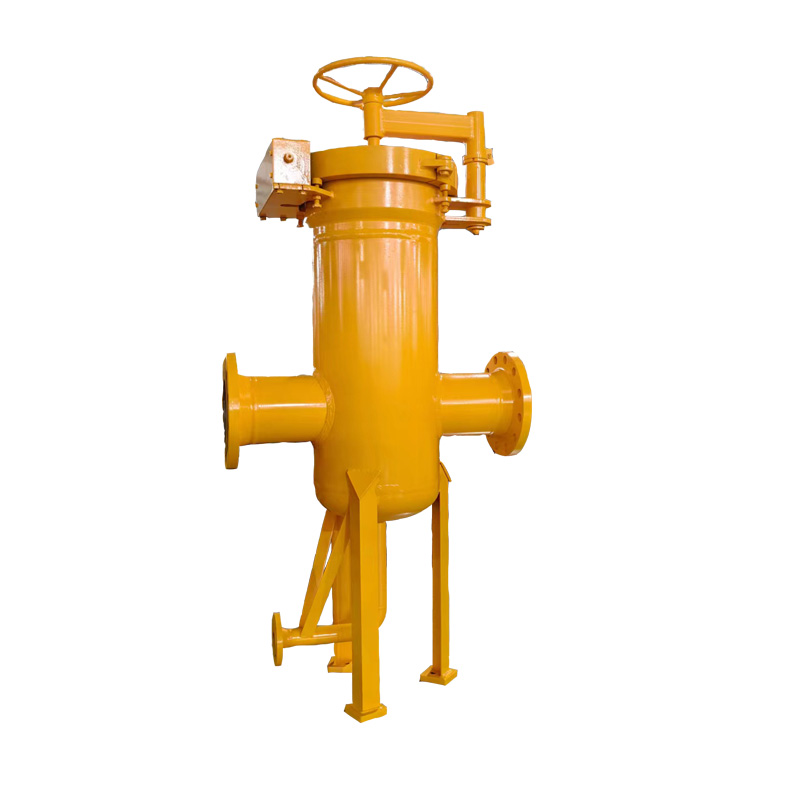
Oct . 22, 2024 07:25
Back to list
Safety Considerations for Natural Gas Pressure Relief Valves in Residential and Industrial Applications
The Importance of Natural Gas Safety Valves
Natural gas is a crucial energy source that powers homes, industries, and transportation. However, with its widespread use comes the potential risks associated with its storage and distribution. This is where safety mechanisms, particularly safety valves, play an essential role in ensuring the safe operation of natural gas systems. Understanding the importance of natural gas safety valves can help mitigate risks and enhance the overall safety of gas operations.
What is a Natural Gas Safety Valve?
A safety valve is a critical component in natural gas systems, designed to prevent excessive pressure buildup. When the pressure within a gas pipeline, tank, or other distribution system exceeds its safe operating limit, the safety valve automatically opens to release excess pressure, thereby preventing potential hazards such as explosions or ruptures. These valves are engineered to operate at specific pressure thresholds and are essential for maintaining the integrity of gas systems.
Types of Safety Valves
There are various types of safety valves used in natural gas applications, each designed for specific operational needs
1. Relief Valves These valves open to relieve pressure when it exceeds a predetermined limit. They are commonly found in gas storage tanks and pipelines.
2. Safety Relief Valves Combining the features of both relief and safety valves, these devices are designed to automatically release pressure and prevent dangerous backflow in gas lines.
3. Automatic Shut-off Valves These valves can detect hazardous conditions, such as a leak, and automatically shut off the gas supply to reduce risks.
natural gas safety valve

Each type of valve plays a vital role in safeguarding against different types of hazards associated with gas pressure.
Importance of Regular Maintenance
To ensure the reliability and effectiveness of safety valves, regular maintenance is critical. Over time, factors such as corrosion, wear and tear, and accumulation of debris can affect a valve's ability to function properly. Routine inspections and maintenance checks can help identify potential issues before they become serious problems. Operators must keep detailed records of valve maintenance, replacements, and testing to comply with safety regulations and ensure system integrity.
Compliance with Regulations
Natural gas safety valves are subject to strict regulations and standards set by governing bodies such as the American Society of Mechanical Engineers (ASME) and the Occupational Safety and Health Administration (OSHA). These regulations require that safety valves be routinely tested and maintained to ensure they meet safety standards. Non-compliance can result not only in legal repercussions but also serious safety hazards that can endanger lives and property.
The Consequences of Valve Failure
Failing to maintain and regularly inspect safety valves can have catastrophic results. A malfunctioning valve can lead to dangerous overpressure situations, potentially resulting in explosions or gas leaks. Such incidents not only pose grave dangers to human health but can also cause significant environmental damage. The aftermath of a gas-related accident can lead to substantial financial costs, legal liabilities, and damage to a company’s reputation.
Conclusion
The importance of natural gas safety valves cannot be overstated. These devices serve as critical safety mechanisms within natural gas systems, ensuring that pressure is regulated and potential hazards are mitigated. Regular maintenance, adherence to safety regulations, and proper functioning of safety valves are essential to prevent accidents and ensure the safe use of natural gas. As the demand for natural gas continues to grow, so must our commitment to safety and the reliable operation of the infrastructures that support it. By prioritizing the integrity and functionality of safety valves, we can significantly reduce the risks associated with natural gas usage and promote a safer environment for all.
Next:
Latest news
-
Safety Valve Spring-Loaded Design Overpressure ProtectionNewsJul.25,2025
-
Precision Voltage Regulator AC5 Accuracy Grade PerformanceNewsJul.25,2025
-
Natural Gas Pressure Regulating Skid Industrial Pipeline ApplicationsNewsJul.25,2025
-
Natural Gas Filter Stainless Steel Mesh Element DesignNewsJul.25,2025
-
Gas Pressure Regulator Valve Direct-Acting Spring-Loaded DesignNewsJul.25,2025
-
Decompression Equipment Multi-Stage Heat Exchange System DesignNewsJul.25,2025

